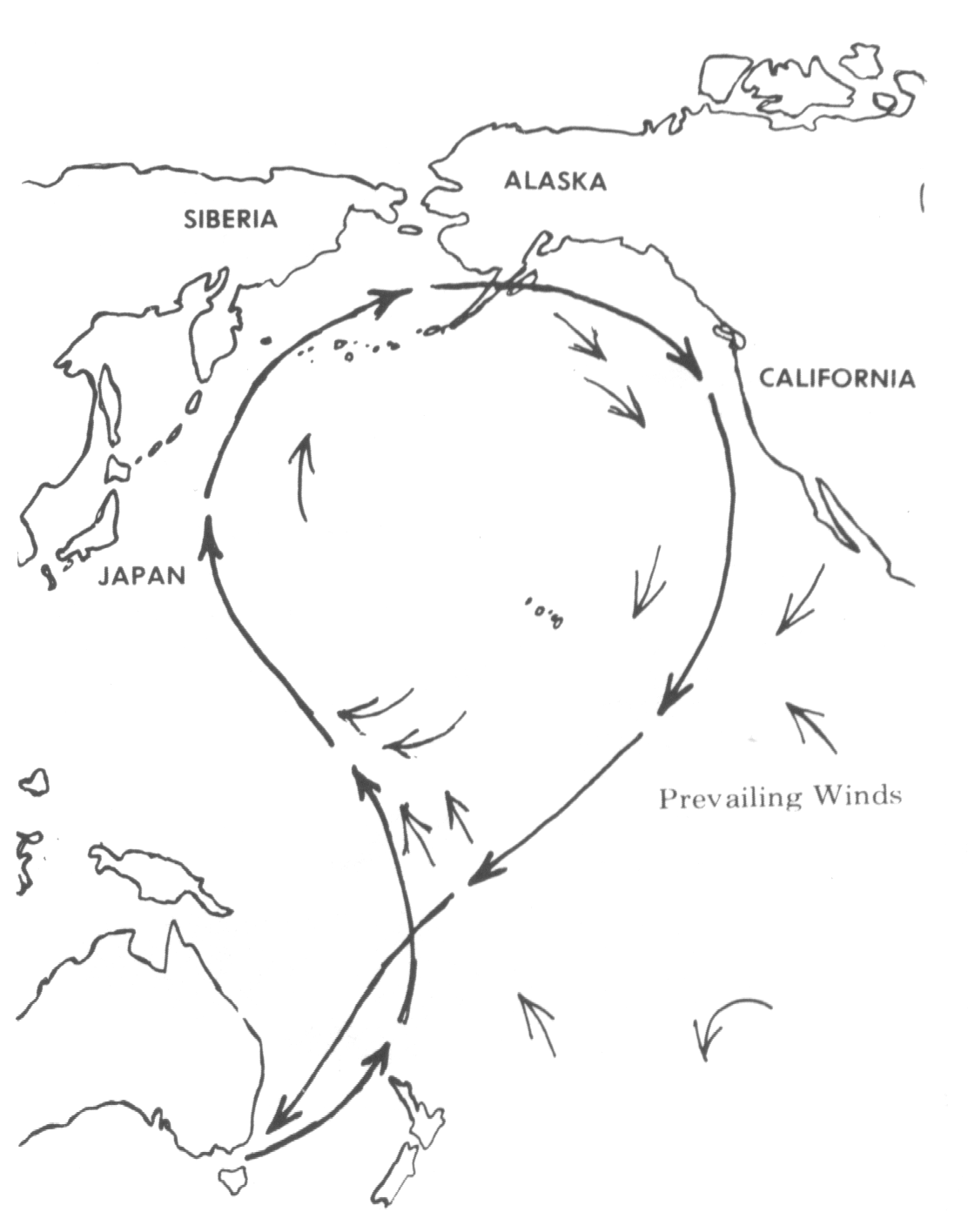 The Short-tailed Shearwater [Puffinus tenuirostris ] or mutton bird, has an amazing yearly migration, leaving our shore in autumn and flying to the waters off Siberia and Alaska before return to Australia in spring. Most of those coming along the beach at Venus Bay are returning to rockeries in Phillip Island, but there is also a big colony at Port Fairy. It is not uncommon for many of the birds to die of exhaustion during the migration, which leads to the phenomenon known as a shearwater wreck, where large numbers of dead birds are washed up on the beach.
The Short-tailed Shearwater [Puffinus tenuirostris ] or mutton bird, has an amazing yearly migration, leaving our shore in autumn and flying to the waters off Siberia and Alaska before return to Australia in spring. Most of those coming along the beach at Venus Bay are returning to rockeries in Phillip Island, but there is also a big colony at Port Fairy. It is not uncommon for many of the birds to die of exhaustion during the migration, which leads to the phenomenon known as a shearwater wreck, where large numbers of dead birds are washed up on the beach. 
A CALL FOR INFORMATION
The wreck of Short-tailed Shearwaters appears particularly abundant along the Australian coast this spring. The number of dead shearwaters lining the beaches seems to be higher and more widespread across the Australian coast, but unless we collect data and do this consistently, this is only an observation. With shearwaters representing the most globally abundant avian species, it becomes important to understand just how many die each season and what this means to overall numbers.
We would like to make a start toward greater understanding and to learn more about this year’s wreck in particular. It has been suggested that changes in food availability due to the warming of the oceans is taking its toll on these migratory seabirds.
As regular beach visitors, you can play a role in helping us learn more about this issue. Over time we can learn whether mortality rates vary from year to year and if these trends are consistent, and/or linked with any particular climatic events or food availability.
When you next take a walk on a beach (albeit to look for breeding resident shorebirds!), please record: date, time, beach name, location, distance walked (ideally the latitude and longitude of your starting and finishing point), number of dead and dying shearwaters.
 Send this information in an email to: atlas@birdlife.org.au marked ‘shearwater wreck’ in the subject line.
Send this information in an email to: atlas@birdlife.org.au marked ‘shearwater wreck’ in the subject line. ….. from a email request from Grainne Maguire, Birdlife Australia